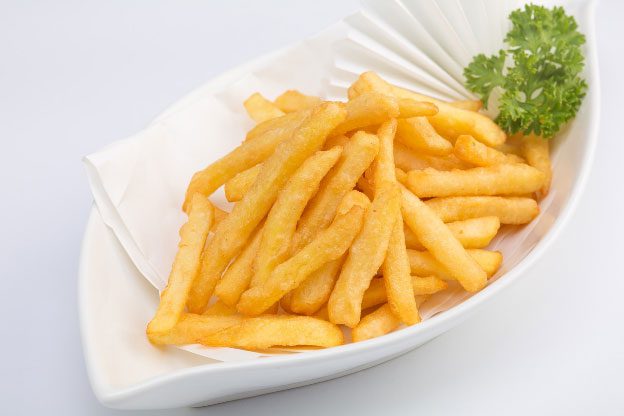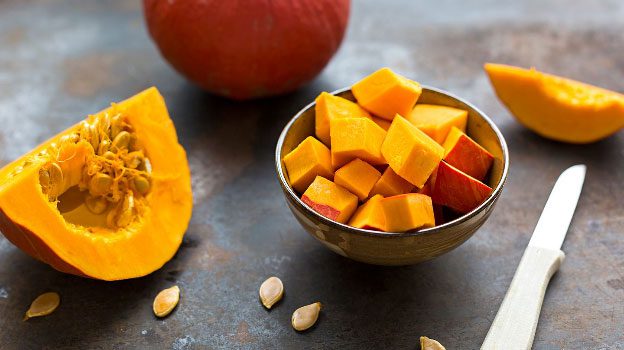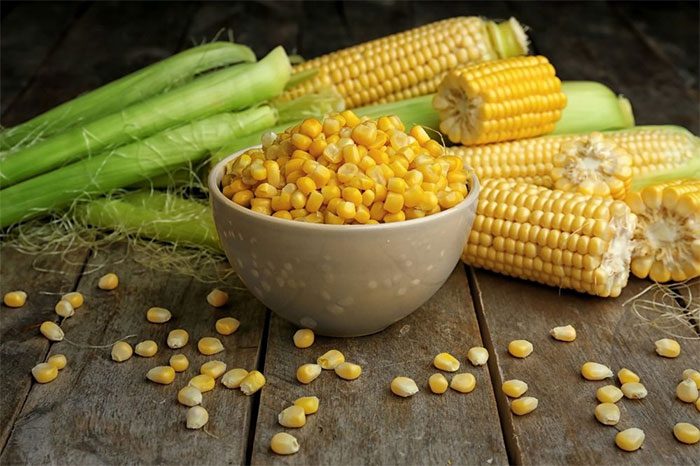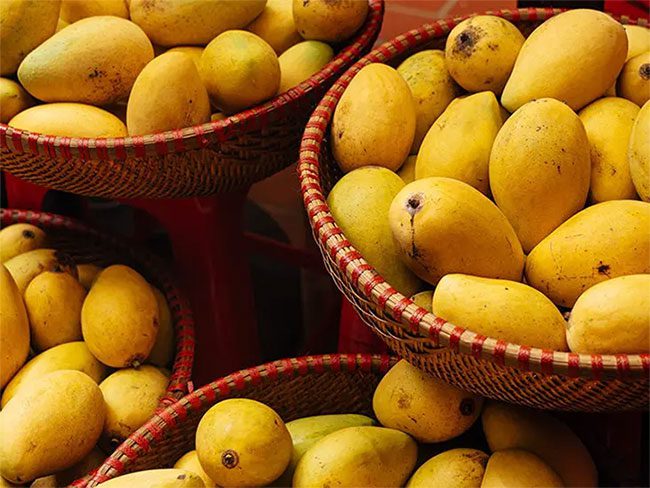People with diabetes often receive advice to include more vegetables in their diet to improve blood sugar levels. However, not all vegetables are suitable for daily consumption.
Individuals with diabetes need to be cautious about consuming too many foods with a glycemic index (GI) ranging from medium (56-69) to high (≥70), as these can lead to spikes in blood sugar levels after consumption. The GI can also vary depending on how the foods are prepared.
Here are some vegetables with a high GI that diabetic individuals should pay attention to in their diets.
Potatoes and Sweet Potatoes

Fried potatoes have a glycemic index of 95.
Both potatoes and sweet potatoes are high in starch, contain more sugar, and have less fiber compared to other leafy vegetables. Boiled sweet potatoes have a GI of 63, while boiled potatoes have a GI of 78. Even mashed potatoes can have a GI as high as 83, and fried potatoes are at 95. Dried sweet potatoes, a popular snack for many, are also high in calories and sugar.
According to American nutritionist Mackenzie Burgess, no vegetables are completely off-limits, but it is essential to pay attention to portion sizes and cooking methods. Burgess recommends that people with diabetes avoid mashed potatoes and fried potatoes, as they can easily lead to excess fat in the body.
Pumpkin

Boiled pumpkin has a glycemic index of 75.
Boiled pumpkin has a glycemic index of 75, containing a significant amount of soluble sugar and starch that can directly affect blood sugar levels when consumed in large amounts. Therefore, nutrition experts suggest that while diabetic individuals can eat pumpkin, they must control their portion sizes to prevent blood sugar spikes.
Sweet Corn

In nearly 100g of sweet corn, there are 21g of starch and only 2g of fiber.
Sweet corn has a medium glycemic index but is high in starch, which can still elevate blood sugar levels. According to American nutritionist Harland Adkins, nearly 100g of sweet corn contains 21g of starch and only 2g of fiber. Therefore, if you enjoy corn, it is advisable to consume it in small amounts, combined with protein-rich and high-fiber foods.
Some High-Sugar Fruits
In the list of foods that appear to be healthy, some fruits are particularly noteworthy. Some fruits are worse than others, such as mangoes, pineapples, bananas, and grapes, which have very high sugar content and should be regarded as desserts to be eaten sparingly.

Mango is one of the fruits with high sugar content.
Dr. Brown states: “Fruits today, even vegetables, are not like they used to be in nature—most were smaller, more fibrous, and not overly sweet. However, modern fruits have been bred to be larger, sweeter, and less fibrous, all of which affect our blood sugar levels.”
Some fruits also contain significant fiber, meaning they take longer to digest, and the slower release of sugar can help prevent blood sugar spikes; these are the types of fruits we should consume.


















































